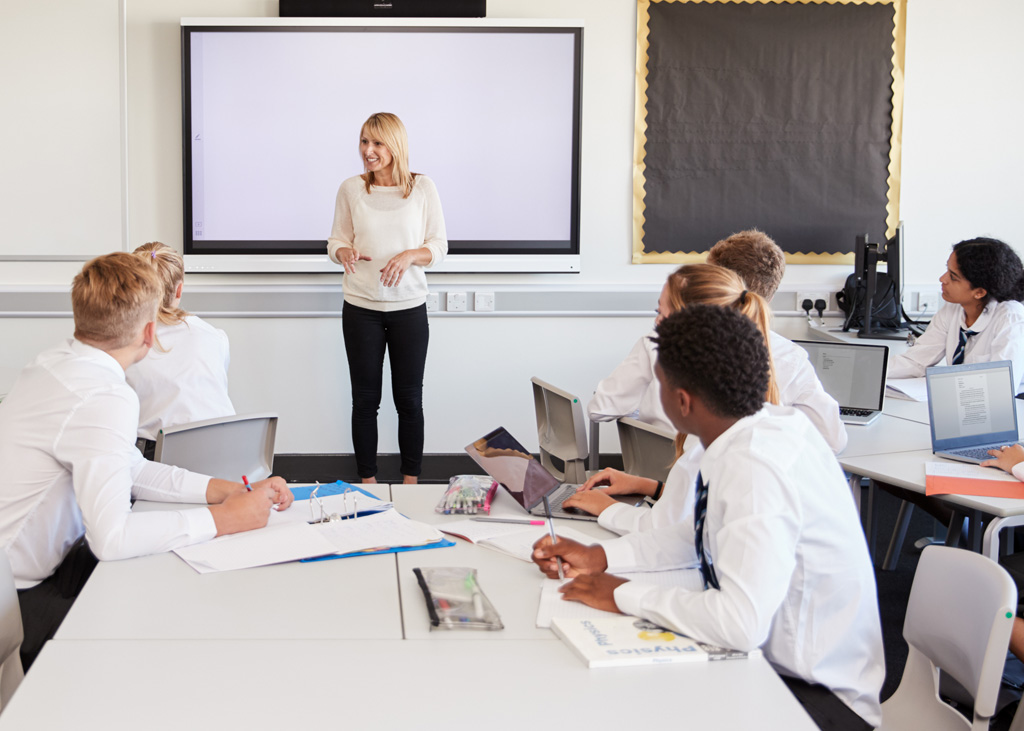How to manage bigger classroom sizes
One of the other ancillary issues caused by ongoing staff shortages (and strikes) in the education sector is that supply teachers will have to deal with even greater class sizes. Inevitably, to minimise disruption, headteachers will have to stretch resources as far as they can to deliver the curriculum. In this, the second in our series of articles looking at the ramifications of skill shortages, we look at some of the techniques that supply teachers can use to cope with larger numbers of students. At the same time, teachers must also fit in and find time for continuing professional development (CPD).
While dealing with big classes won’t come as a total shock, supply teachers must be prepared with classroom management strategies, ready to tackle sizeable student numbers. Establishing parameters for the behaviours that will and won’t be tolerated early on is essential in building those meaningful teacher-student relationships. But it is also fundamental in creating a positive classroom culture of trust that will only strengthen over time. Therefore, Expectations are clearly defined from the very start so that everybody can treat each other respectfully.
That respect can be further engrained by grouping students, which is another tactic to deploy in dealing with big class sizes. Group interactions have many benefits, most notably showing students the importance of teamwork while developing collaborative skills. Activities in groups also aid with learning about diverse cultures and ways of thinking, helping create those all-important soft skills such as critical thinking and communication. It also teaches them the power of networking and getting things done with others while strengthening those personal friendships.
The classroom layout and the use of space is a major factor in facilitating this. It is important to ensure that any objects and aids being used are organised to promote participation. It can be a tricky balancing act, as the last thing you want is for anyone to feel isolated, which could trigger unruly behaviour. The activities need to be varied and inclusive, with everyone taking part. Differentiated stations are a great way to help with learning, catering to the needs of students with differing abilities. A welcoming environment with students’ names posted can also help engagement.
Dedicated time for personal development
Another meaningful way for teachers to manage student numbers is to control the flow by establishing traffic patterns so that students immediately know where to go. A seating chart can prevent time wasting and get students to where they need to go with minimum fuss. And to further increase involvement and engagement, different responsibilities can be assigned, such as nominating team leaders who can help the teacher keep order! This is also a good way of developing key skills such as leadership, management, communication, and delegation.
Spending time on their CPD is very important. It will help supply teachers learn the skills and techniques, for example, in dealing with classroom behavioural and size issues. And critically, it will ensure they keep updated with all the latest curriculum changes and teaching standards. Supply teachers can enhance their knowledge of mental health, safeguarding, online safety, special educational needs (SEN), and disabilities best practices according to Department for Education (DfE) requirements. A variety of multimedia resources, such as videos and webinars, are available to use.
With class sizes and workload only likely to increase for supply teachers, schools must assist and allow for time to be spent on CPD. It’s not going to be easy nor healthy to fit this in during term time after a long day of teaching! Flexibility will be needed so that teachers can finish slightly later on certain days, for example, and utilise the extra time for their studies. Using staff meetings to discuss specific topics and subjects is another way to fit in some development time during the day. For this to be effective, school leaders and their teachers must work in unison to achieve the best outcomes.
Don’t neglect your CPD!
You must always keep your knowledge updated, so always check with your recruitment agency to see what they offer in terms of development and learning for primary and secondary teachers. At The Supply Register, we are partnered with The National College to provide hundreds of online courses that meet statutory training requirements. With access to videos, webinars, lesson plans, policy examples and TED talks, you can learn in the best way that suits you.




